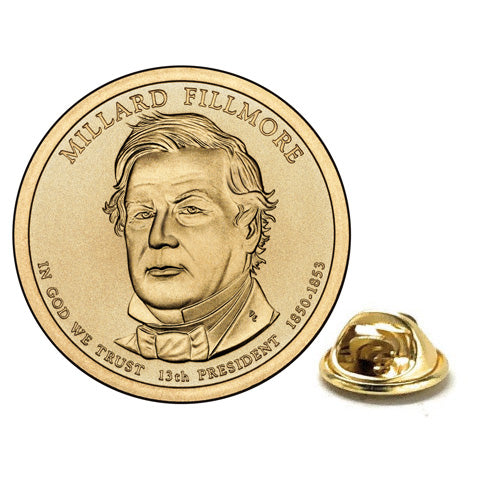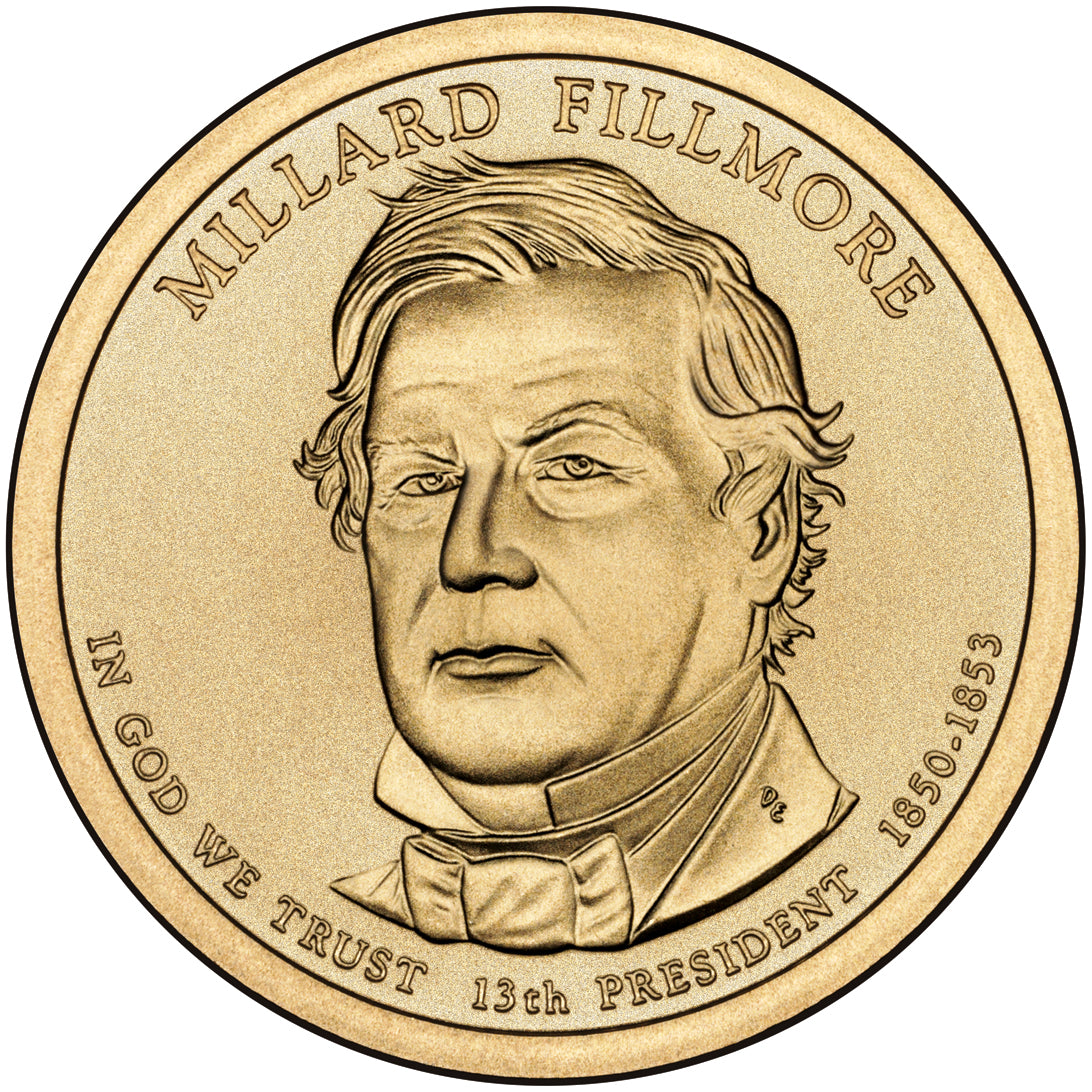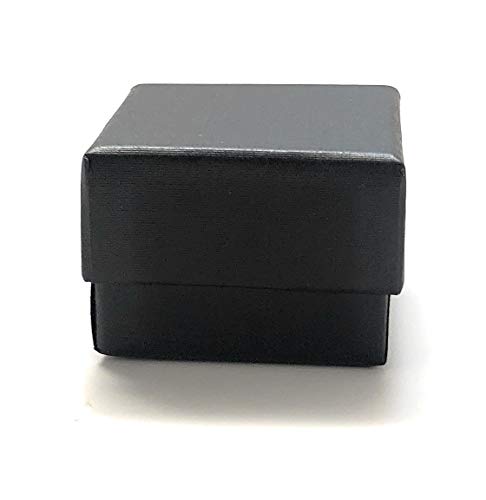Jay Pins
Millard Fillmore Presidential Dollar Lapel Pin, Uncirculated One Gold Dollar Coin Enamel Pin
Millard Fillmore Presidential Dollar Lapel Pin, Uncirculated One Gold Dollar Coin Enamel Pin
Couldn't load pickup availability
Celebrate American history with this elegant Millard Fillmore Presidential Dollar Lapel Pin, crafted from an authentic uncirculated U.S. $1 Presidential coin. Featuring the finely detailed portrait of the 13th President of the United States, this gold-toned enamel pin makes a distinguished accessory for collectors, history enthusiasts, educators, and patriotic Americans.
Each lapel pin is securely mounted with a butterfly clasp backing, making it perfect for blazers, ties, hats, or display cases. Add a touch of presidential prestige to your outfit or collection today!
• Genuine uncirculated Presidential $1 coin
• Features 13th U.S. President Millard Fillmore
• Durable gold enamel pin with butterfly clutch
• Ideal gift for history buffs, collectors, and educators
Approximately .80" in diameter
Authentic Uncirculated USA Coins
Hand Crafted by Artisan in the USA
Rhodium Plated Gold Butterfly Clasp Backing
Presidential $1 Coin Program
Presidential dollar coins began on January 1, 2007, and like the 50 State quarters program, was not scheduled to end until every eligible subject was honored. The program was to issue coins featuring each of four presidents per year on the obverse, issuing one for three months before moving on to the next president in chronological order by term in office. To be eligible, a President must have been deceased for at least two years prior to the time of minting. The United States Mint called it the Presidential $1 Coin Program.
Background
Millard Fillmore, the 13th U.S. President, was born in a log cabin on January 7, 1800, in Locke (now Summerhill), N.Y. The second of nine children, he worked on his father’s farm as a boy and became an indentured apprentice to a cloth maker as a teenager. After studying with a county judge, he began to practice law in 1823. In 1828 Fillmore entered politics, serving as a New York state assemblyman and later in the U.S. House of Representatives, where he chaired the powerful Committee on Ways and Means. While comptroller of New York, he was elected to serve as President Zachary Taylor’s vice president in 1848 as a Whig. Upon Taylor’s death in July 1850, Fillmore became President.
While Fillmore was in office, Congress passed the Compromise of 1850, a package of stop-gap measures which effectively postponed the Civil War for a decade. He also ordered Commodore Matthew C. Perry to lead a naval expedition in 1852 to convince Japan’s shogunate government to open relations with the U.S. This paved the way for the 1854 Treaty of Kanagawa, the first between the two countries, thus ending Japanese isolationism.
After two unsuccessful bids for election to the presidency in his own right, he retired to Buffalo, N.Y. In 1862 former President Fillmore was named the first chancellor of the University of Buffalo, now the State University of New York at Buffalo. He died in Buffalo on March 8, 1874.
Coinage Legislation under President Millard Fillmore
Act of March 3, 1851, authorized the 3-cent coin, the smallest denomination of silver coin ever produced.
Act of July 3, 1852, established a branch United States Mint facility in San Francisco to process the enormous amount of gold being mined during the California Gold Rush.
Act of Feb. 21, 1853, amended laws concerning the half-dollar, quarter-dollar, dime and half-dime.
Act of March 3, 1853, authorized fees to be charged for “casting silver into disks, bars or ingots.”
Act of March 3, 1853 (a separate act), directed “Mint profits to be paid into the Treasury…”
United States Mint Directors Appointed by President Millard Fillmore
George N. Eckert of Pennsylvania, July 1851 – April 1853
Share








